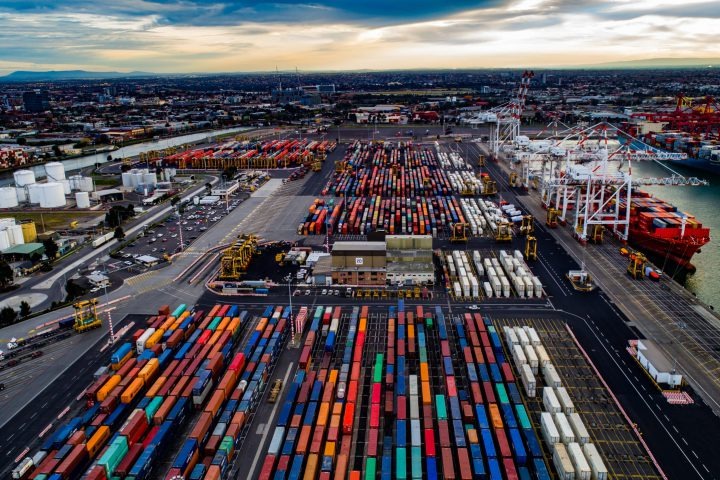
Australian ports ‘must continue’ intermodal and communication investments for COVID-19 bounce-back
Further investment in sustainability will be at the “forefront” across Australia’s ports and maritime industry as the sector looks to bounce back from the COVID-19 pandemic.
Responding to the increase in conventional and container traffic due to COVID-19, Ports Australia said the “most important” investment made by the industry was through communication.
“Through a ground-up approach, the industry has made a conscious effort in recent years to enhance lines of communication via Ports Australia,” the organisation told PTI.
“That has meant increasing the capacity for Ports Australia’s internal technical working groups to regularly meet – albeit virtually for now – to discuss shared challenges, boosting correspondence with government departments, and strengthening ties with our newest members from across the South Pacific to share knowledge pertinent to our region’s resilience.”
Future-focused investment across Australian ports continues to grow to accommodate growth in cargo volumes: with projects including the Port of Melbourne’s Port Development Strategy, channel widening at the Flinders Port in Adelaide, and a AU$190 million ($147 million) on-dock rail project at Patrick Terminals at Port Botany.
Ports Australia, the national peak body representing government and privately-owned ports told PTI in an exclusive interview that the group is “eager” to continue to see investment in sustainable port operations, such as continued investment into terminal rail flexibility which is much more environmentally beneficial compared to use of Heavy Goods Vehicles (HGV).
“The past twelve months has seen the importance of sustainable practices pushed to the forefront, now more than ever before by the Australian ports sector,” Ports Australia said.
“For the sustainability of our sector, ports must continue investing in their infrastructure, their workforce, their surrounding natural environment, and their relationships with stakeholders.”
Work on Australia’s largest intermodal terminal at the Port of Melbourne began in early 2021 and is expected to take 24 months from commencement.
The works will include the laying of 800m of rail track and the development of a working apron providing the terminal capacity to deliver an initial annual throughput of 100,000 TEU.
https://www.porttechnology.org/news/australian-ports-must-continue-intermodal-and-communication-investments-for-covid-19-bounce-back/


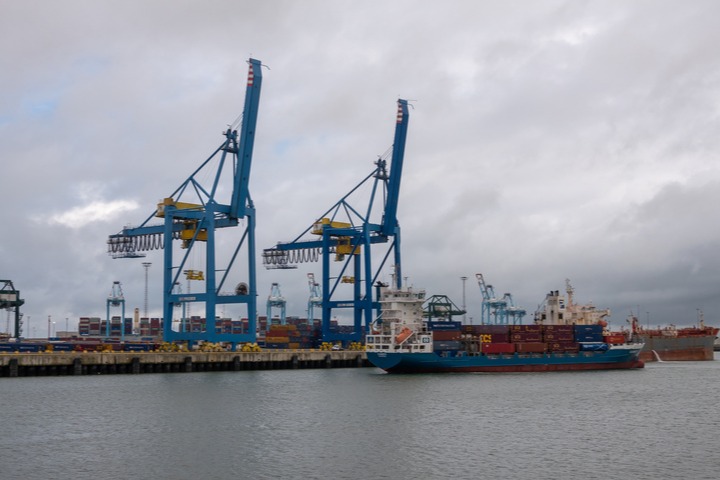
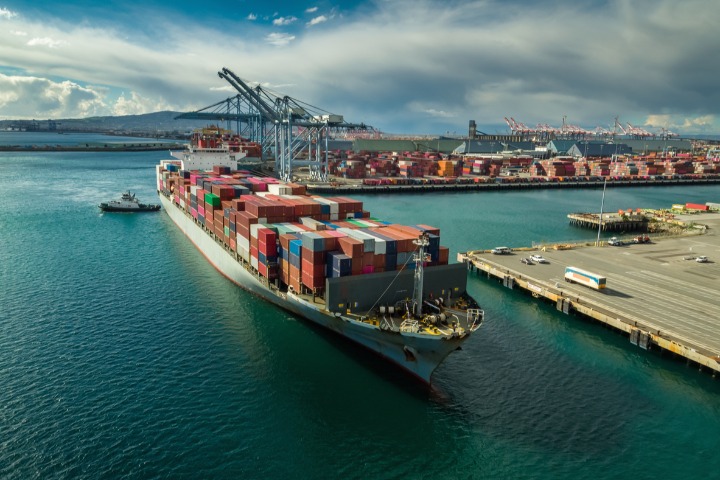
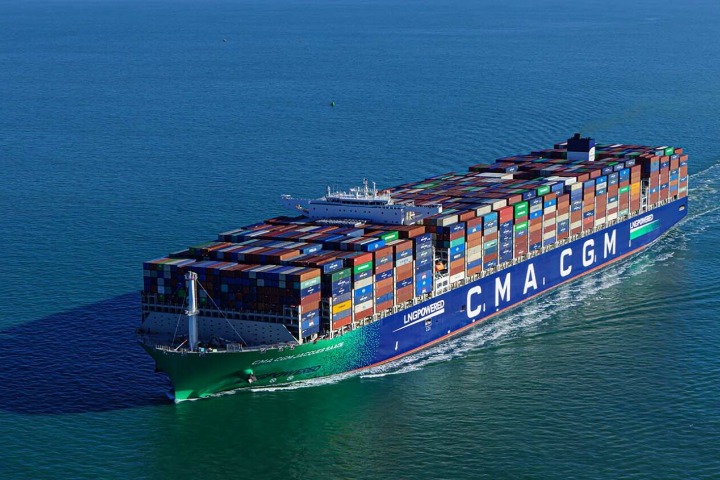
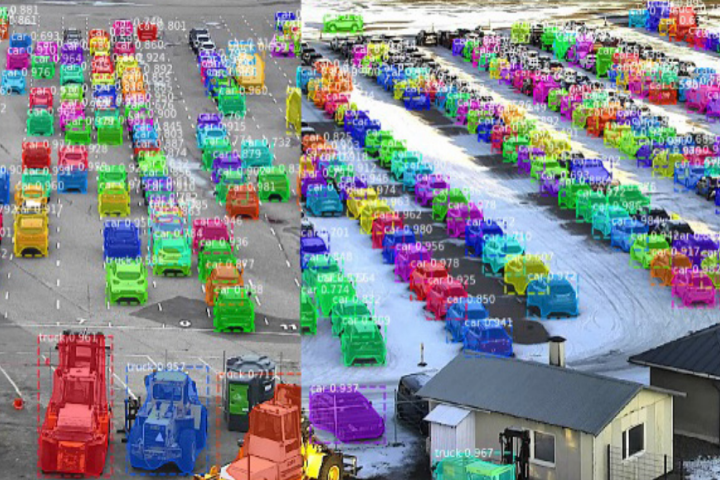
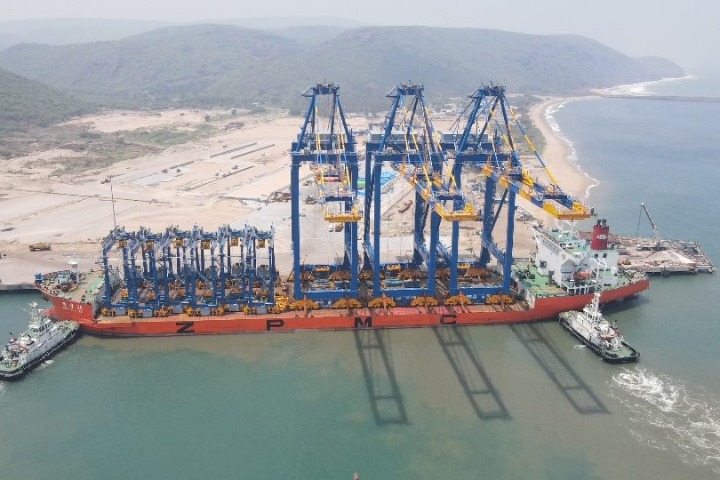
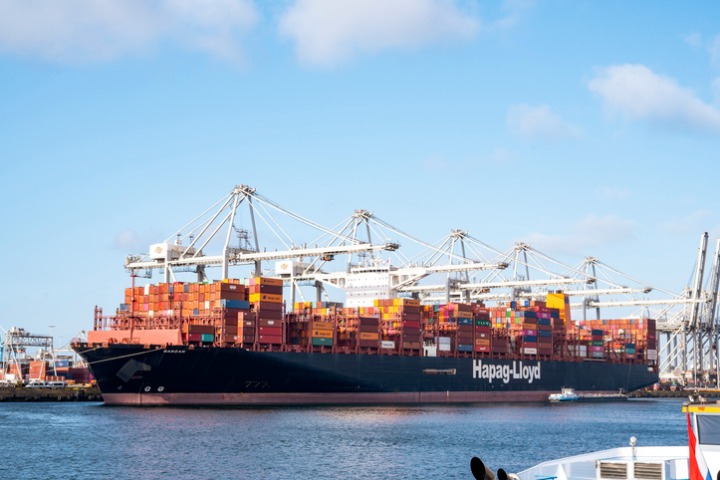
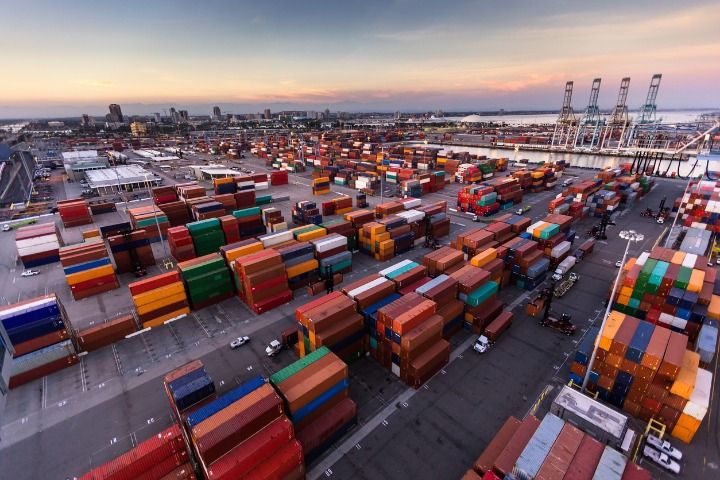
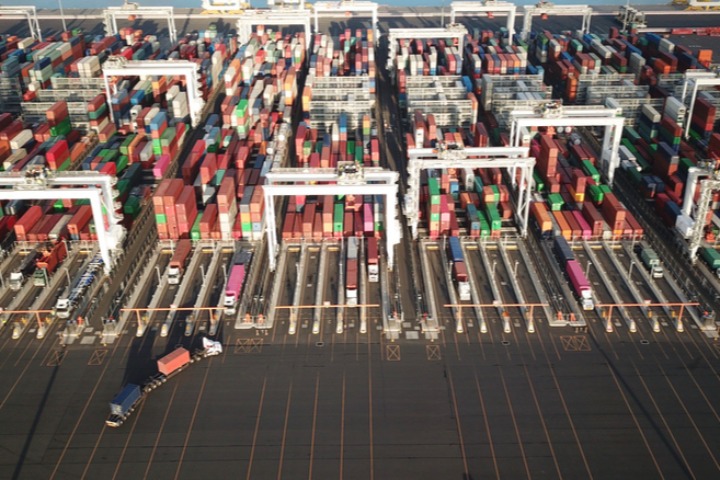
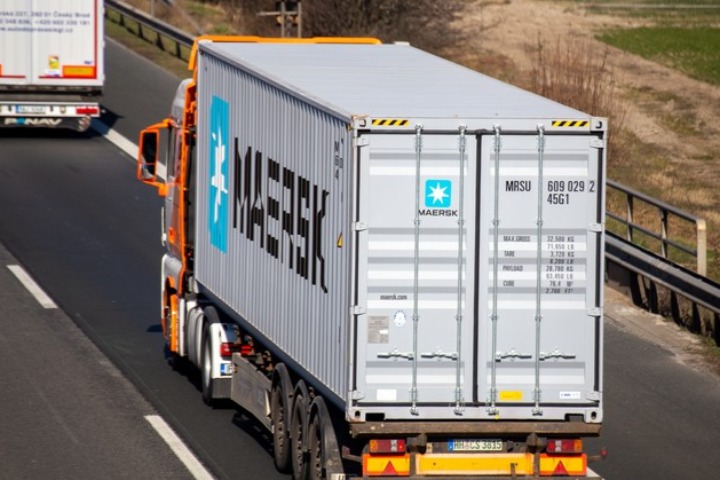













Comments